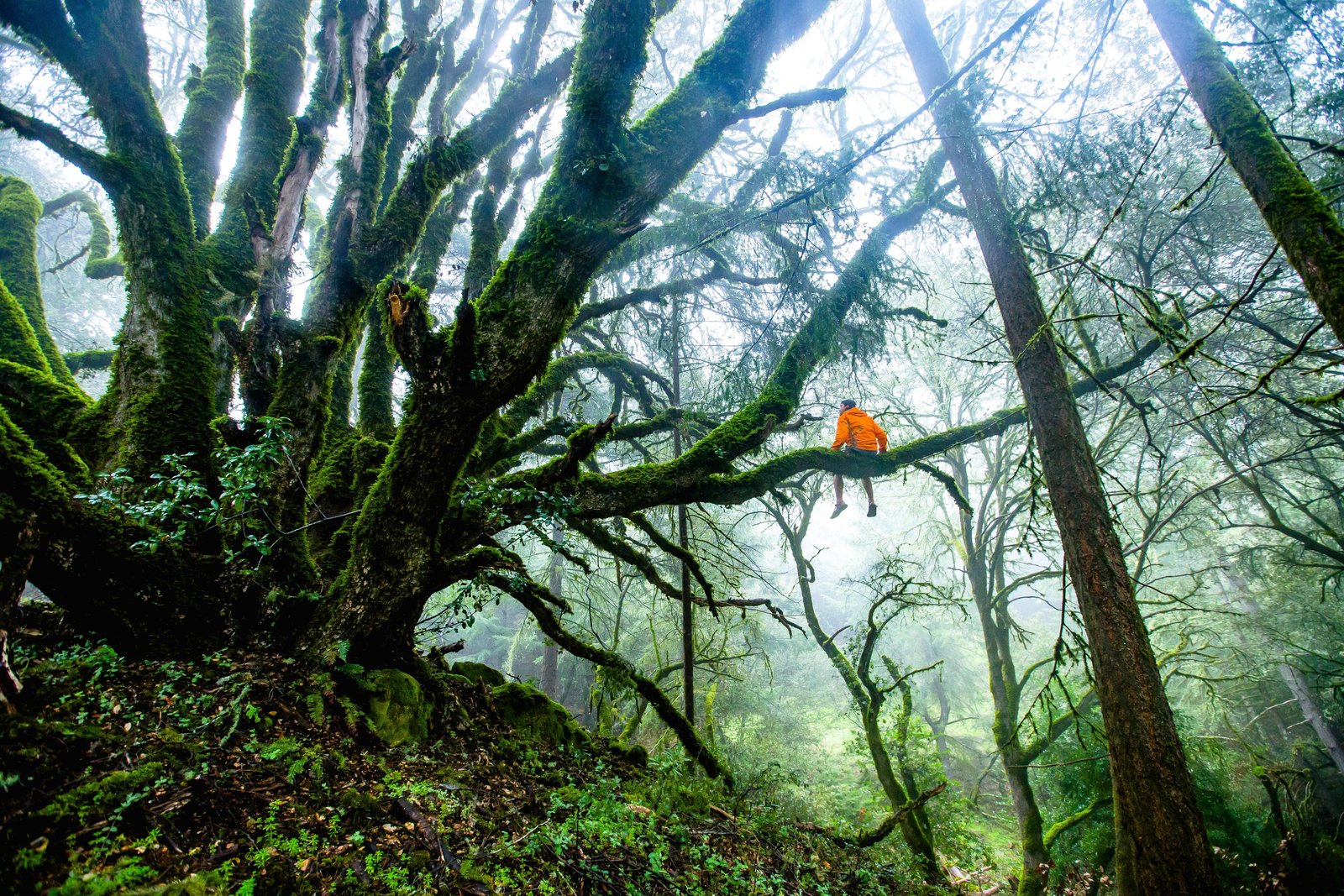No products in the cart.
Discover how sacred forests in Laos preserve biodiversity, protect cultural traditions, and strengthen spiritual ecology in local villages.

In many Lao villages, forests are not only sources of food, medicine, and timber—they are also sacred spaces deeply tied to spirituality and cultural identity. Known as “sacred forests,” these areas are believed to be the dwelling places of spirits, ancestors, or deities. Villagers follow strict taboos to protect these spaces, ensuring that they remain untouched by deforestation or overexploitation. In the age of climate change and environmental degradation, sacred forests are gaining new recognition as models of community-based conservation and spiritual ecology.
Cultural and Spiritual Importance of Sacred Forests
Dwelling of Spirits: Villagers believe sacred forests house guardian spirits.
Ancestral Worship: Rituals and ceremonies performed in forest groves.
Taboo System: Cutting trees or hunting animals is prohibited in sacred zones.
Community Identity: Sacred forests symbolize the bond between people and nature.
Ritual Healing: Forests used as spaces for traditional medicine and spiritual healing.
Ecological Benefits of Sacred Forests
Biodiversity Hotspots: Provide habitats for rare plants and animals.
Watershed Protection: Preserve water sources for agriculture and daily life.
Carbon Storage: Act as natural carbon sinks, fighting climate change.
Soil Conservation: Protect against erosion and land degradation.
Climate Resilience: Maintain ecological balance during floods and droughts.
Challenges to Sacred Forests
Encroachment by agriculture and logging.
Decline of traditional spiritual practices among younger generations.
Pressure from infrastructure projects and urban expansion.
Lack of legal recognition for sacred forests as conservation zones.
Example in Laos
In Luang Prabang Province, villages maintain sacred groves where annual ceremonies honor forest spirits. These groves have become crucial for preserving endangered tree species and promoting ecotourism.
Conclusion
Sacred forests in Laos are living examples of how culture and ecology intertwine. They are not just forests but spiritual sanctuaries that protect both biodiversity and cultural heritage. Strengthening sacred forest practices can help Laos build resilience against modern environmental challenges.
About CITS Laos
CITS Laos collaborates with communities, conservation groups, and cultural organizations to promote sacred forest preservation. We build bilingual eco-spiritual platforms, run awareness campaigns, and design SEO strategies to highlight Lao sacred ecology globally. By blending conservation with spirituality, CITS Laos ensures sacred forests remain pillars of resilience for both nature and people.